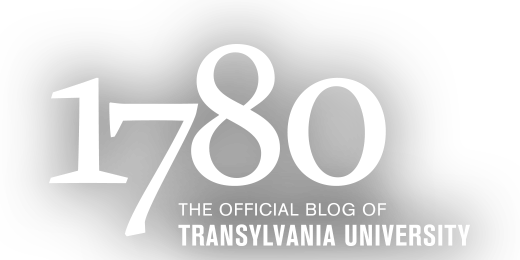Transylvania professor to investigate top archaeological find
Chris Begley, a Transylvania University anthropology professor, has been selected to serve on a team of maritime archaeologists who will explore the Fourni archipelago in Greece, where 22 shipwrecks were found in a small area last year. This was touted as one of the top archaeological finds of 2015. The findings of the joint Greek-American archaeological expedition bring to light ancient trade networks that once connected the entire Mediterranean. Fourni, which is a collection of 13 islands and islets, lies along a major east-west crossing route as well as the primary north-south route that connected the Aegean to the Levant. Last year’s initial work was the the first underwater archaeological expedition to the islands. The project’s success came through working with local sponge divers, fishermen and free divers together with technology and archaeological methods. “I am honored to be asked to be part of this important project,” Begley said. “I have worked closely with RPM Nautical Foundation and project co-director Peter Campbell in Albania, Montenegro and Croatia, and I am excited to participate in this project, which relies not only on our archaeological methods but also on the extensive knowledge of the area that local residents possess.” The shipwrecks date from the Archaic Period (700-480 BC) though the Late Medieval Period (16th century). The ships’ cargos point to the importance of long-distance trade between the Black Sea, Aegean Sea, Cyprus, the Levant and Egypt. The discovery adds 12 percent to the total number of known ancient shipwrecks in Greece. And the findings suggest a great quantity of the shipwrecks await
Read “Transylvania professor to investigate top archaeological find”
